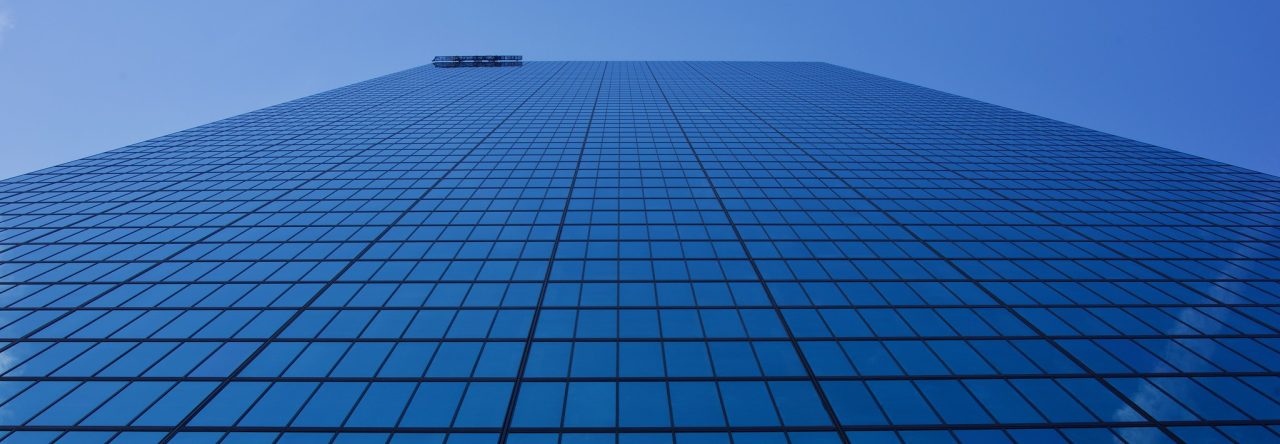Went to this bustling metropolis to do an interview, and drop Hannah off at the airport. After days after day of politics, we relaxed on the glorious beach. I refrained from mentioning the fact that Gaza and Beirut were only 50 miles on either side. Had a nice meal overlooking the sea in old Jaffa, and then went to our hostel for an evening in sauna-like conditions. Remind me not to come to this part of the world in the summer.
Tag: Israel Page 2 of 5
Hannah slept like a rock last night. After a leisurely morning, we went to the Old City so she can get her bearings. Wandered around in the Muslim Quarter for awhile, then moseyed over to the Wailing Wall. Hannah was constrained to the women’s area, but I wandered into the air conditioned synagogue in the tunnels to the left. Fundamentally unfair, but I guess that’s the way it is. Then we ascended the Temple Mount/Haram al-Sharif via the Maghrebi-gate. I thought the whole complex was closed to non-Muslims, but we didn’t have any trouble. It’s a profoundly beautiful spot, as the pictures attest. Sadly, I think that if “we” got to rebuild the temple it wouldn’t be nearly as pretty.
Met Nitin and the Voices Beyond Walls crew for drinks, so Hannah could meet them. Then we met Hannah’s friends Carrie and Brian for waffles and a walk through the German Colony. She’ll hang out with them on Shabbat, and Jared and I will go on an adventure. More on that later.
I met a friend of a friend from the internet today to do some cross-border mapping. We started in the Old City, where she hadn’t seen, getting suitably caffeinated for the walk to come. I took her to Shufat camp, as it’s not currently well mapped in the OSM dataset, and it’s a profoundly different place than Jerusalem, despite being less than 10 miles away. The change from Jewish West Jerusalem to Arab East, and then to the camp itself, is really striking. Language, religion, politics, and government services all shift over a short distance. We talked about the discontinuity as we walked around gathering road and point data.
Then we did a total turn around, and went to the “artists colony” at Ein Kerem. The tranquility of the lush valley hides an ugly past. It was an arab village that was “abandoned” in 1948, or so a resident said, making sure to point out that there wasn’t a massacre here as there was at Deir Yassin only a few miles north. But whether or not there was physical violence, people did not leave these beautiful houses without reason. The very reason the town has so much charm, and is now becoming trendy, is due to the vanished occupants. Those same families now live in places like Shufat, so far from their old homes.
After that jarring experience, we decided to go for the full Zionist kick at the Western Wall tunnels. She had another friend who met us there, and we were wowed by the multimedia-archaeological spectacle. The tour guide expounded on the glory of King Herod’s engineering feat: leveling the top of Mt Moriah, the center of creation and the spot where Abraham prepared his son for sacrifice, and building upon it a glorious temple. The tunnel follows the western retaining wall of the temple mount, which is far longer than the small “wailing” section reveals. There are some massive stones down there, bigger than those used in the pyramids. Although, it was built 2000 years after Giza with Roman techniques, so let’s not get too excited.
I bid my new friend adieu as she went to the airport, and I headed back to Ramallah. There was a long wait at the checkpoint while the rush hour traffic cleared. There’s no actual check going out of Israel proper into the West Bank, but there was a backup nonetheless. Went out for drinks with other internationals, and discussed the relative dependence of Palestine on NGO funding over many rounds of Taybeh beer. The taste of the revolution, indeed.
Went on a tour of various Bedouin villages, focusing on water issues and run by Bustan. These villages are not recognized by the state of Israel, which is conducting an urbanization campaign. Official policy is to move people into newly developed towns in order to provide them access to government services. However, this is backed up by harassment, including repeated home demolishing, against people who are full Israeli citizens. While Bedouin villages are denied access to water, Jewish towns only miles away have green lawns and sprinkler systems. The health consequences of reduced access to water is obvious, but it causes Bedouin infant mortality to be around 15 per 1000 live births, three times higher than that for Jewish babies.
What really disturbed me about the tour was that the same set of restrictions and discriminatory are placed on the Bedouin as the Palestinians, even though the Bedouin are full citizens of Israel. Because this issue has none of the international legal complexity as that with the West Bank, the only reason for these policies that holds together is simple racism. And in a country that prides itself on being the only democracy in the Middle East, that is simply unacceptable.
